While the private sector favours market orientation for procurement of commodities, the public sector supports inclusivity for farmers in meeting their livelihood needs
The passage of the Farmers’ (Empowerment and Protection) Agreement on Price Assurance and Farm Services (Special Provisions and Punjab Amendment) Bill, 2020 by the Punjab Assembly served a body blow to the Central Government’s three farm Acts that were passed in September. The Centre’s Farmers’ Produce Trade and Commerce (Promotion and Facilitation) Act allows growers to sell their produce outside the markets notified under the State Agricultural Produce Market Committee (APMC) Act. It attempts to develop “one nation, one market” besides bringing in a framework for both, the agriculturalists and the buyers, for contract farming across States and imposing stock limits on farm commodities only in extreme situations in retail prices. Let us look at how private procurement and State purchase may co-exist in Punjab and the implications if other States pass similar Ordinances.
To understand these Ordinances, we need to grasp the basic purpose of public procurement of foodgrain. The Central Government, through the Food Corporation of India (FCI) and other State agencies, procures foodgrain and other essential commodities from domestic producers at the Minimum Support Price (MSP). The objective is to provide price support to farmers, distribute subsidised foodgrain to the poor through the Targetted Public Distribution System (TPDS) and maintain buffer stocks to ensure price stability and food security. The Government’s procurement system also encourages farmers to increase production due to assured prices. The foodgrain procured through this system gets distributed through fair price shops across the country.
Although there are deficiencies and leakages in the PDS, it served as a basic support of nutrition to around 50 per cent rural and 30 per cent urban households in 2011-12, according to the latest National Sample Survey data. Moreover, the dependence on PDS rose considerably between 2004-05 and 2011-12 in both rural and urban India. Under the TPDS, people Below the Poverty Line (BPL) are provided foodgrain at a highly subsidised rate under the Antyodaya Anna Yojana (AAY). In fact, the PDS system provided great succour to the needy during the COVID-19 pandemic-induced lockdown.
In this sense, the State procurement and PDS system serve the purpose of doing public good. As farmers get better prices and poor consumers get food at lower prices, it serves the dual social objective of food security and a hunger-free nation. The latter benefits one and all, as a country that risks running out of food stock may face civil unrest that emanates out of the desperation of the poor. In contrast, private procurement is part of a system that enables farmers to produce goods which are both excludable and rivals. Food stocks procured through private procurement serve consumers who can afford market prices and exclude others. They are produced in a limited amount, hence rivals in consumption. These two systems have two different objectives and serve different purposes but both are equally important. The new Ordinances passed in the Punjab Assembly pits two systems against each other.
The Ordinance disallows sale/purchase of wheat/paddy unless the price paid is equal to or greater than the MSP. This appears to be serving the social welfare objective of public goods production. However, it is more apparent than real. This is primarily because the procurement criteria of Government and private agents are very different as they serve two different objectives.
The criteria set by the Government are designed to exclude as few as possible. The grains are screened based on the moisture content, proportion of organic and inorganic foreign materials and test weight at a very basic level. The foodgrains that pass these criteria are accepted. However, all accepted foodgrains are offered the same price, the MSP.
On the other hand, private procurement is more fine-graded and priced differently. Hence a product, which marginally passes the Government’s procurement system, may fetch a lower price in the private one or be excluded from a price equivalent or higher than the MSP due to the grading system being applied. While the Government’s criteria of procurement may be standardised across India, private gradation is adjusted according to several factors, such as the cost of extraction of the end substance, the milling properties and the impact on the end product for the consumer. Hence, a penal clause by the Punjab Government’s Ordinance of imprisonment of no less than three years and a fine to the private procurement agent or company could be construed as being unjust.
Fine grading of agricultural produce is very essential from the viewpoint of manufacture of different food products. Due to the diversification of the consumers’ food palate, the focus is not only the cost but also the quality of the produce. This has led to greater attention by private procurement agents on factors like varieties, the agro-climatic zones and seasonal variations of the commodities during procurement. This has meant a finer grading mechanism as well to get both quality and cost optimisation. For example, in the case of wheat, a critical factor of concern is the density of the grain. The denser the grain, the more nutrients it contains and hence more will be the extraction during the milling process on a per weight basis. An important quality factor is the gluten content, a protein that impacts the baking properties of the flour and is used to determine the type of products that can be made. Hence, organisations create specifications in the procurement of commodities dependent upon the consumer segments and their needs.
The emergence of food retail has intensified the choices for the consumer. More choice and consumer awareness have resulted in shorter product life cycles, increased innovation and competition and demand for newer offerings. The repeal of the APMC Act by several States, creation of Farmer Producer Organisations (FPOs) and increased participation by the food retail and processing sector have led to the shortening of agricultural value chains. Procurement determines the profitability as it controls 60 to 75 per cent of the total costs in the system. Thus, procurement of raw agricultural commodities has become a strategic function from a back-office role.
It is imperative to understand that private agents would price their procurement of commodities based on the profitability and price behaviour of end consumers. It, therefore, bears out that they would pay less for a quality where an additional cost would need to be incurred for processing the grain to bring it in line with the consumer’s demand. This reduced price may result in the procurement price becoming lower than the Government’s prescribed MSP.
Thus, while the private sector favours market orientation of procurement of commodities, the public sector supports inclusivity for farmers in meeting their livelihood needs. The two objectives clash with each other. If corporates are punished for procuring at a price lower than the MSP, then they would also apply pressure tactics to go soft on implementation or again change the law, which may, in turn, affect the objective of public goods provision. This would lead to instability in the whole institutional set-up of the agri-business.
In the Punjab Assembly Ordinance, the farmers are given the discretion to approach the civil court or other remedies under existing laws, but all these involve long and expensive litigation and cannot be taken up by individual farmers. This coupling of both the public and private sector objectives through the conduit of one overarching Ordinance will likely be against the interest of farmers, private procurement agents and consumers of both foodgrain and allied products.
(De is Associate Professor and Vishwanath is Assistant Professor, Institute of Rural Management, Anand. Views expressed here are personal)







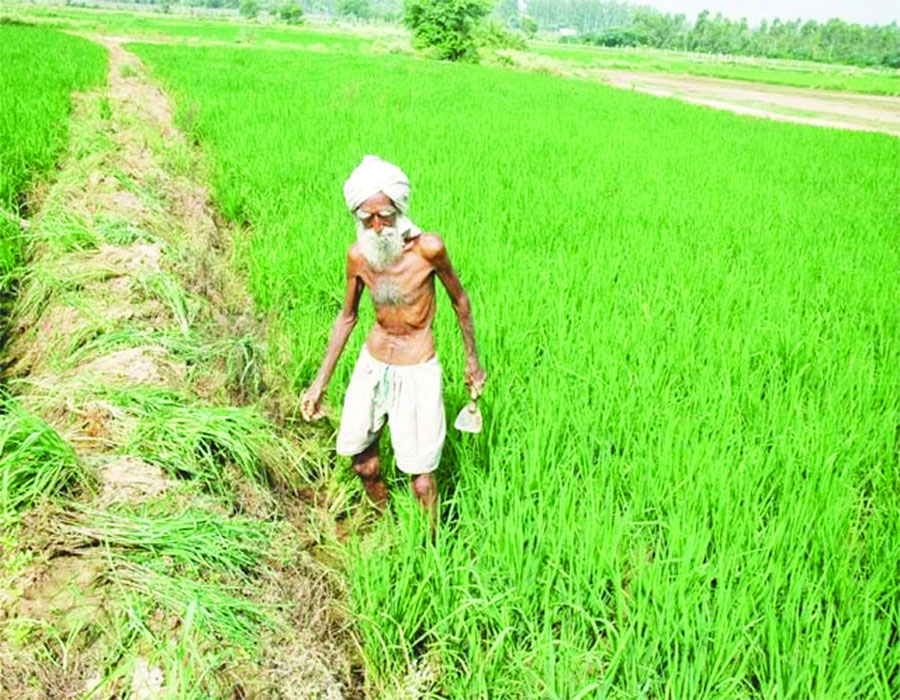
 OpinionExpress.In
OpinionExpress.In


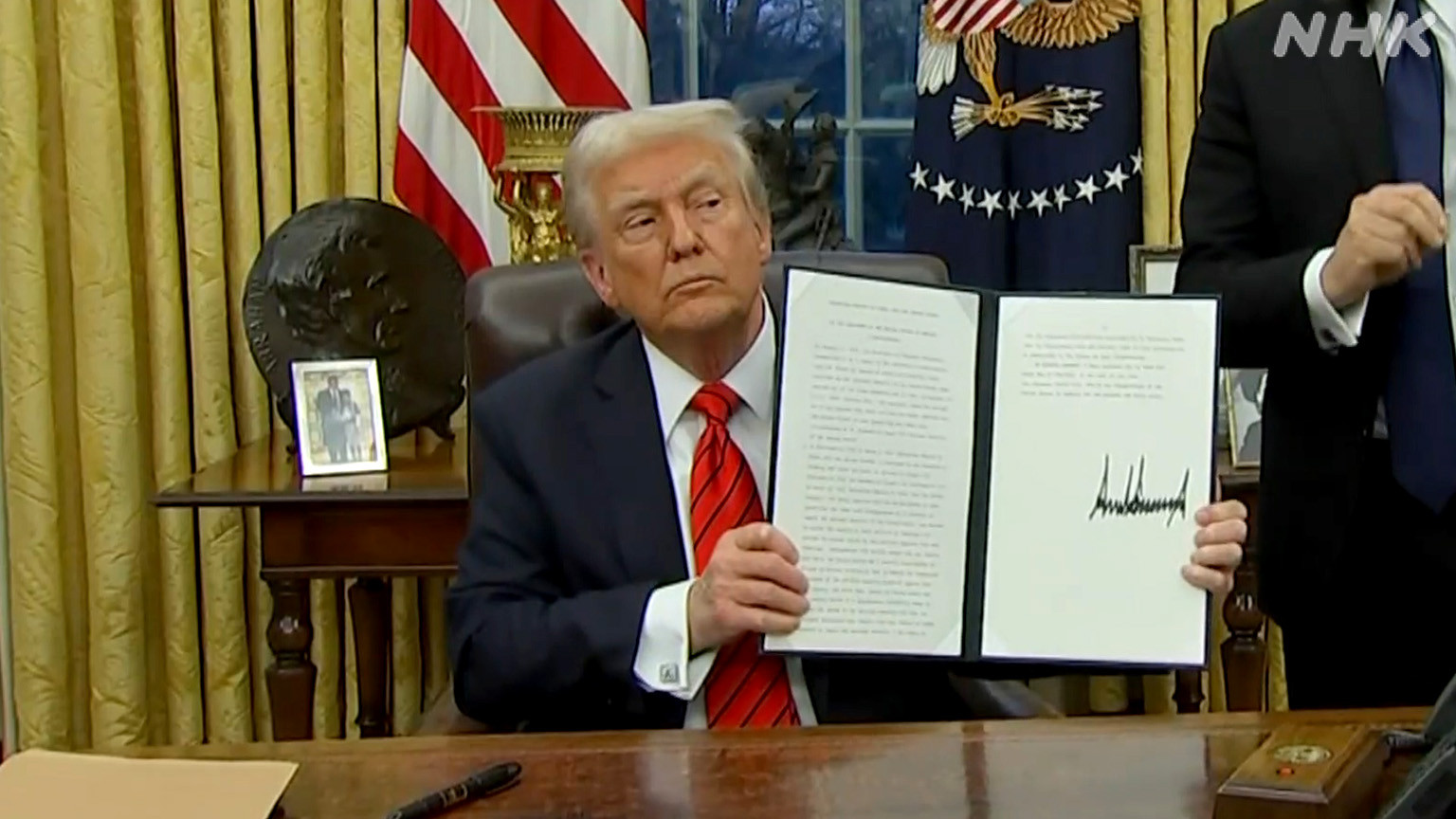
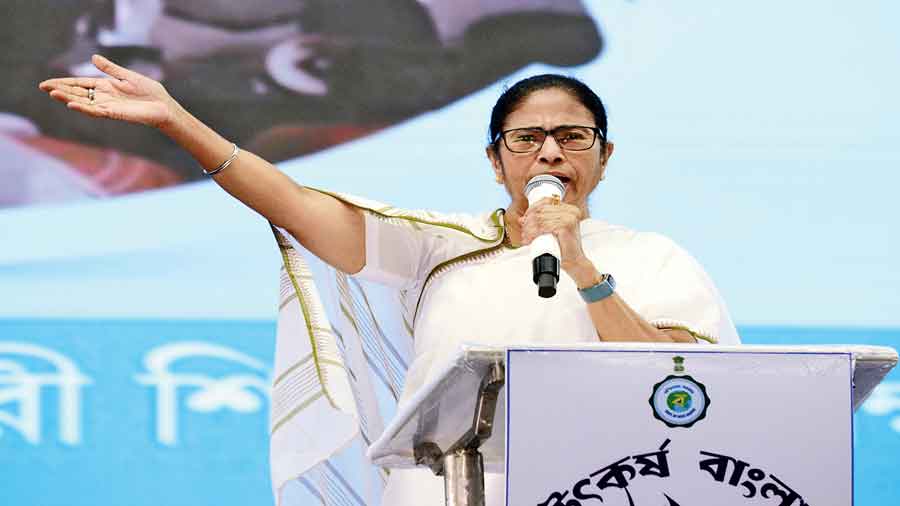
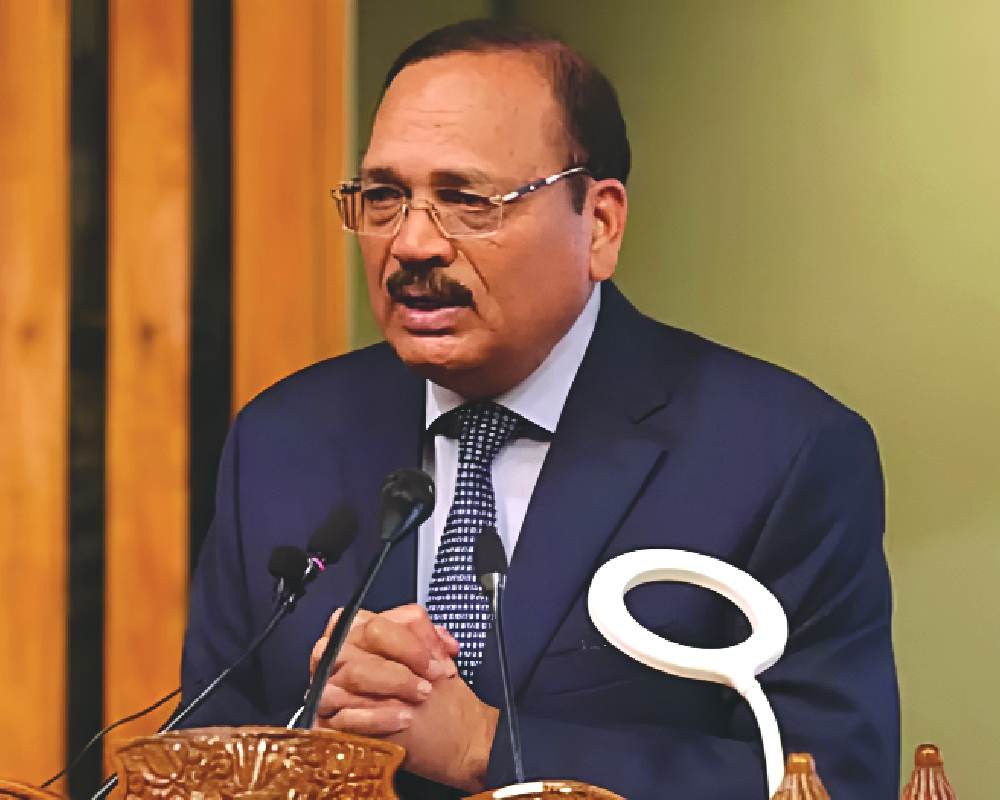


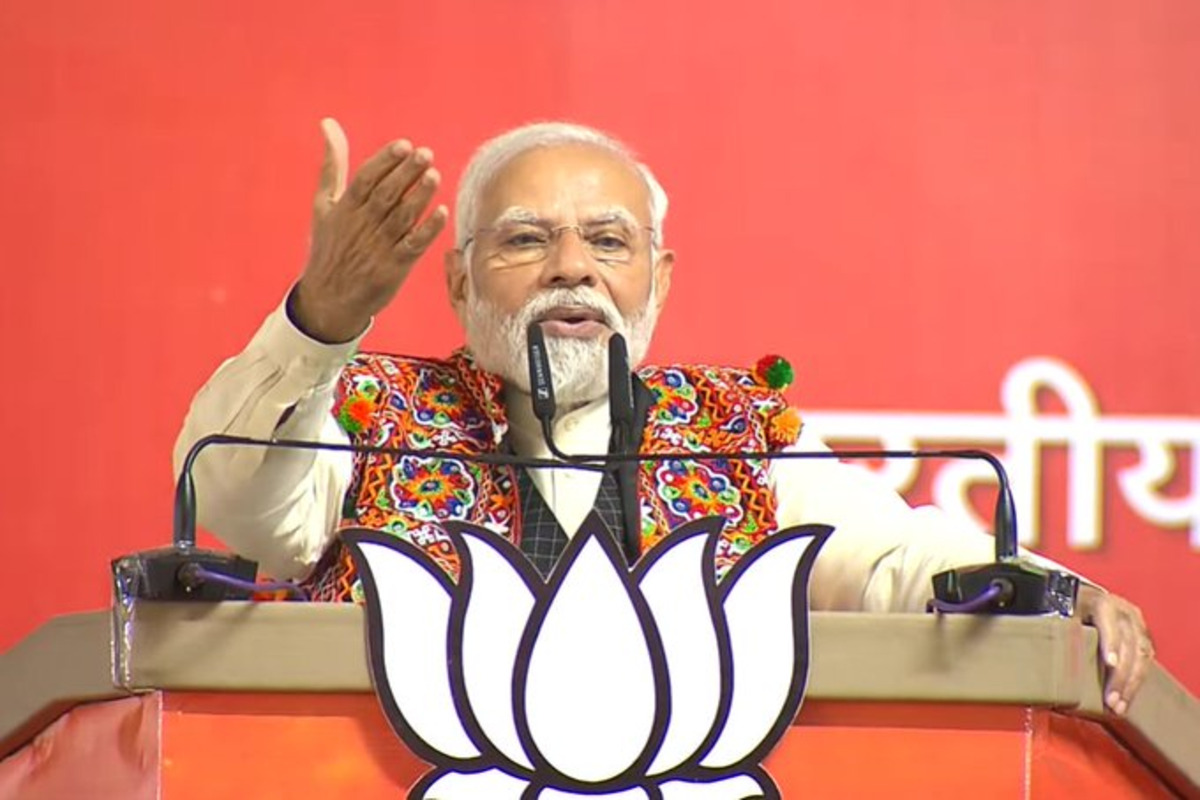







Comments (0)